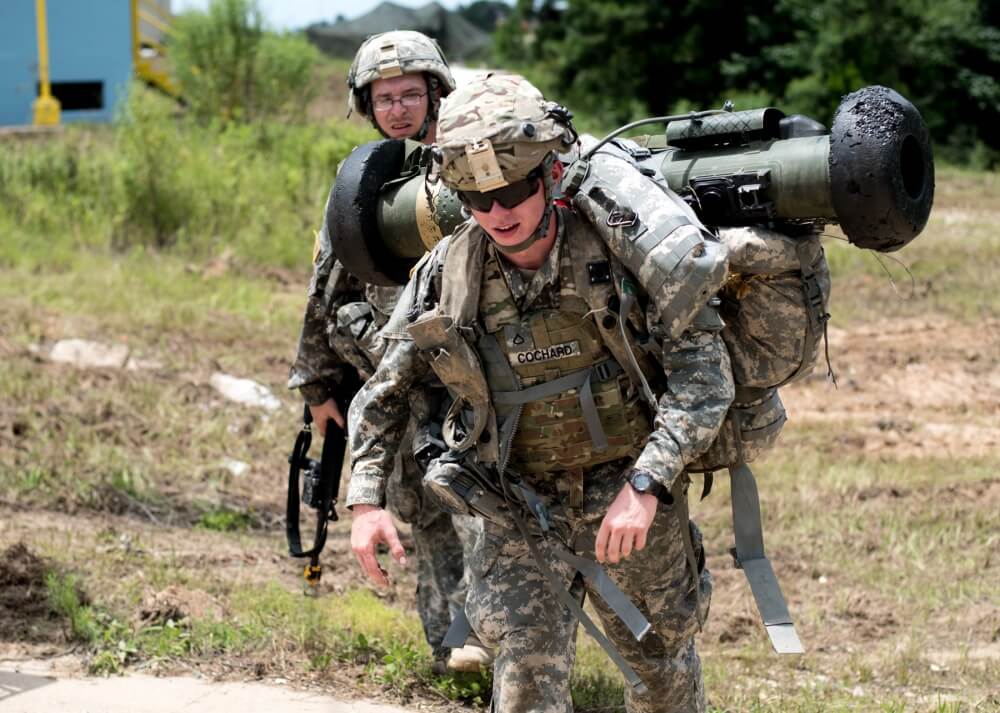Indiana National Guard
By MSG Jeff Lowry,
Indiana National Guard Soldiers with the 76th Infantry Brigade Combat Team, nicknamed the Nighthawk Brigade, closed out their nearly monthlong training at the Joint Readiness Training Center at Fort Polk in Louisiana.
Approximately 4,000 Hoosier Guard Soldiers with the brigade tested their combat skills over the course of 12 days in the field that covers approximately 90,000 acres and 14 villages at the central Louisiana post.
“This exercise allowed us to see what worked for us and what didn’t,” said COL Robert D. Burke, the 76th Brigade Commander.
“As an entire brigade with a lot of enablers, we did very, very well. I think there was a lot of both personal and professional growth throughout the organization that people can take forward and learn from and use that experience to make themselves better no matter what organization they’re with.”
The citizen-warriors conducted decisive action training to develop adaptive leaders and confident units, and to improve Army readiness. The combat skills included reconnoitering and attacking the enemy, and occupying and defending battle space.
The Soldiers trained as they would have to fight in overseas contingencies, and the training here also enhanced their team-building skills. That team-building included integrating enablers, approximately 2,000 troops from more than 20 States.
Those enablers included Army aviation assets, with attack and lift capabilities, from North Carolina, Georgia, Alabama and Colorado that took part in the battle scenarios. Pennsylvania National Guard Soldiers with a Stryker – an eight-wheeled, armored personnel carrier – unit also participated.
“I think the Stryker and aviation elements were key,” said COL Burke. “We are not used to working with them, but they did a great job.
“Our whole movement plan and how we managed our equipment here and back will actually help us do very well in the Pacific,” he added. “This whole exercise has helped prepare us for any type of operation that we may face as a brigade going forward from here. And we will be ready if Big Army needs us.”
In addition to the training in the field, the brigade’s higher headquarters personnel with the 38th Infantry Division conducted collective and mission-command training that will enable the personnel to have oversight of subordinate units.
“This kind of training, while we are not part of the rotation, gets us ready in collective training,” said MG David C. Wood, the 38th Infantry Division’s commander. “With limited training days and with limited training dollars, we need this collective training on the battle systems.”
Practice makes proficient, and MG Wood said that repetitive training on the computerized systems that manage and
communicate with subordinate commands will be key in possible future deployments.



